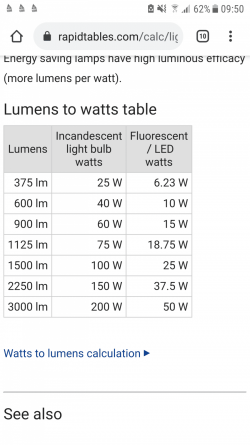I've had some success with that diy co2 method.
Quite impressed by the concept of it actually. I used to use the sugar yeast setup but the problem is that it is a constant and uncontrollable reaction, whereas the citric acid baking soda method can be 'switched off'.
Bottle A contains citric acid and bottle B contains baking soda.
The reaction takes place in bottle B and bottle B feeds the tank with co2.
When the pressure in bottle B drops, it forces mixture from bottle A to be fed in, thus starting another reaction, creating more co2 and increased pressure.
This is the kit I got, there's lots of similar designs probably just as good. You'll also need a bubble counter, a diffuser and ideally a co2 indicator (blue-green) and a solenoid is a good idea to save you from having to manually stop the co2 reaction continuing over night.
This is the solenoid valve I got.
I found was that the 'tap' that came provided, used to adjust the amount of co2 pressure going into the tank, was poor quality and leaked. So I also picked up a
better quality needle valve.
The key is to ensure you have no leakages, make sure everything is screwed together super tight.
The mixture tends to last me 2-3 weeks at a time because I inject at a lower rate (around 1 bubble per second).
Another important factor is to ensure you have good circulation in the tank so that the co2 and any ferts are reaching all of the plants.

